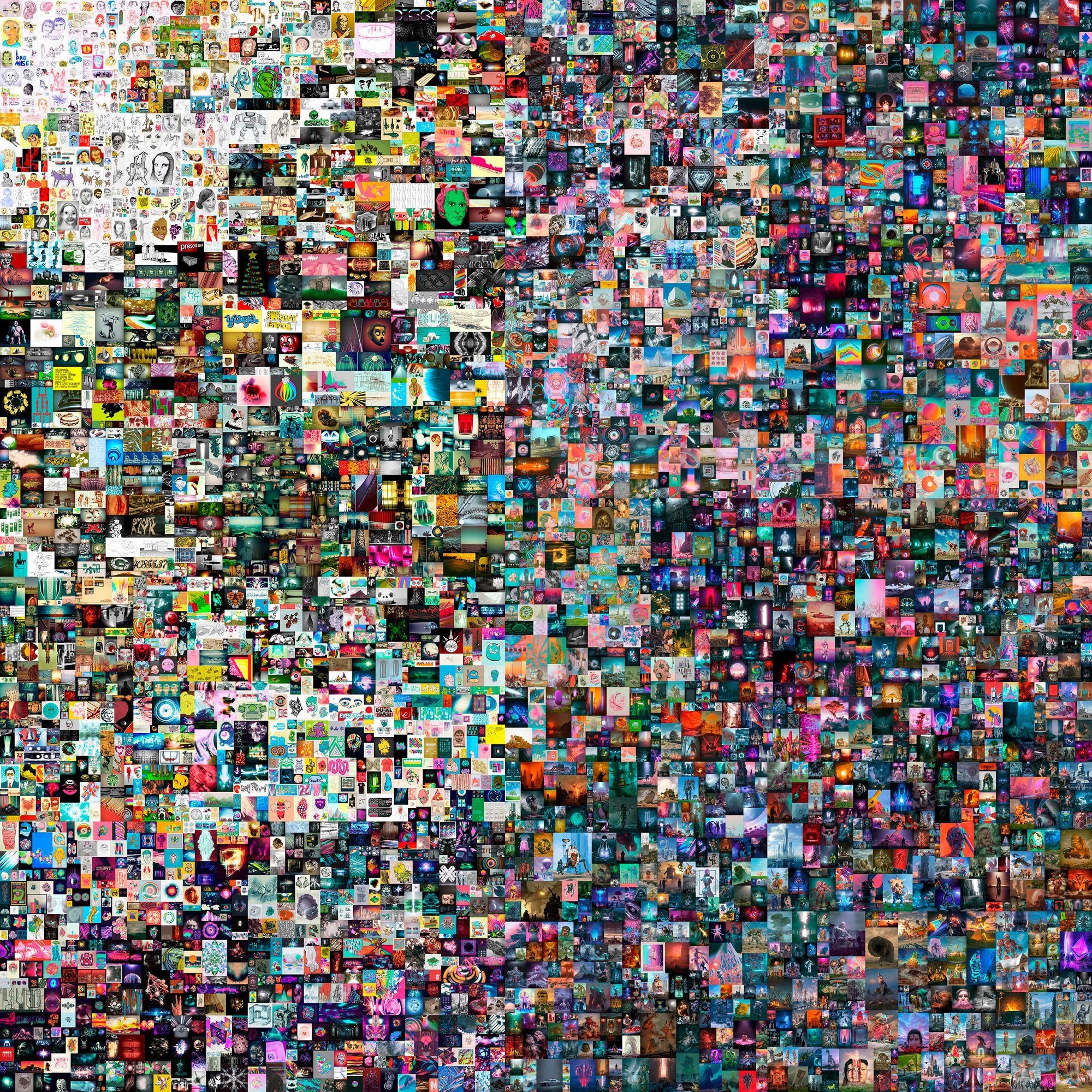NFTs Today And Tomorrow - A new Blog Series

I have been spending the two months taking a deep dive into NFTs specifically into what they are and, what needs they are serving today and how they may be used in the future. While 90% of NFT value today is hype, I'm pretty bullish on their long-term potential and decided to write my thoughts in a series of blog posts.
My Background in NFTs
I got into the world of or NFTs in 2018 during the Cryptokitty craze. It had always been my favorite part of crypto as I could imagine a world where anything could be tokenized and financialized. I moved on when ETH fees went up and the Cryptokitty fervor stopped and recently got back into them when my team won “most technical build” at a hackathon for NFT Printer , a site that lets you print NFTs you own to a canvas, mug or blanket in basically 2 clicks.
Now NFTs are mentioned everywhere (and I clearly missed out by buying CryptoKitties and not CryptoPunks). Non-Fungible-Tokens, or “digital certificates of ownership” have gone gangbusters in the last few months with NFTs from Beepl, xlau, CryptoPunks, Hashmaks and more selling for millions of dollars. What is happening with them and where are they going to go?
What are NFTs?
The easiest way to think of NFTs or Non-Fungible Tokens are as digital certificates of ownership of any property or asset. Unlike Bitcoin or other crypto-coins, NFTs are all unique. Each NFT points to one specific object (like a piece of art, a video, a digital piece of clothing, a digital horse, etc...) and normally each are completely different from each other. Just like art collectors have certificates of authenticity of art, people can own NFTs and be given the same rights. Once created or “minted”, NFTs are stored on the blockchain which confirms there is only one owner and lets everyone know who that owner is.
So why are NFTs so valuable and what needs are they actually solving?
As someone with a long product background, I like thinking of NFTs from a Jobs To Be Done perspective. What needs are they actually solving? How important are those jobs and what are the substitutes to those jobs?
Right now, I generally divide NFT value into two classes: Collector-driven NFTs and the Utility-Driven NFTs.
In the following posts I am going to go in depth about each of them.
1. Part 1: Collectible NFTs
2. Part 2: The Future of Collectible NFTs
3. Part 3: NFTs as Access Keys
4. Part 4: NFTs as Revenue Producing Assets
Parts 5 and 6 coming soon!